A Taste for Champagne
November 2001
Pages 52-53
12 Great Choices to Make Your Holidays Sparkle
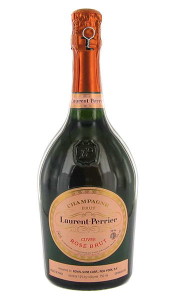 My friend Theresa keeps a bottle of champagne open in her refrigerator. Each night, before bed, she has a glass of bubbly. By her standards, we don’t drink enough champagne, and this is her stab at increasing intake. A bottle lasts her four or five days, then on to the next one. She likes to try a new and different champagne with each bottle, 70 to 80 new taste sensations each year.
My friend Theresa keeps a bottle of champagne open in her refrigerator. Each night, before bed, she has a glass of bubbly. By her standards, we don’t drink enough champagne, and this is her stab at increasing intake. A bottle lasts her four or five days, then on to the next one. She likes to try a new and different champagne with each bottle, 70 to 80 new taste sensations each year.
While I may not jump on the fizzy bandwagon that she has adopted, I understand the urge. Champagne and other sparkling wines can pick you up when you’re down, turning a day of blues into a day of blue skies. At this time of year, what better approach to the holidays is there?
Champagne is not just a wine, it is a place – a place I had the pleasure to visit this past spring. It’s a beautiful region of France in the countryside to the northeast of Paris with quaint towns and villages. Bistros serving up goblets full of the local sparkle abound. The champagne houses themselves are nestled on back streets. Stately homes have attached fermenting tanks, bottling lines and miles of underground caves. The experience was completely invigorating, and has given me a new appreciation for the whole process.
Let’s look at a couple of my favorites… On the light and delicate side are the wines of Laurent Perrier. A leading light in the champagne world for many years, “LP” was founded in 1812. Laurent Perrier has steadily climbed its way to become the fourth largest champagne brand in the world. One of the first houses to introduce a large percentage of chardonnay into their blend, Laurent Perrier produces a delightful range of champagnes.
The “house” sparkle from Laurent Perrier is their Brut L.P., a crisp, clean, elegant wine with a delicate, lingering flavor. I find it a style that suits many champagne drinkers, especially as a starting point for the evening. Of particular note is the Cuvée Rosé Brut, a beautifully hued pink champagne with elegant berry flavors that is a perfect match for chilled vegetable and fruit soups. It is my first choice of wines to serve with gazpacho. LP also produces a “tête de cuvée”, their delicious Cuvée Grand Siècle. This is a wine elegant enough to serve at your most tony cocktail party.
At the opposite end of the spectrum are the wines of Champagne Krug. The fizz from this famed house tend to the big and muscular. Family owned since its founding in 1843, every level of operation is overseen by one member or another of the Krug family. The firm is famous for its insistence on slow, low temperature aging of its wines in oak barrels, something few champagne houses take the time or effort to do. It also creates a unique house style.
The Krug “Grande Cuvée” is the entry level brand, priced at the level that most champagne houses price their tête de cuvées. This solid, yet still amazingly elegant wine, is the “desert island” wine of most wine geeks I know. Advancing further up the price spectrum is the famous Clos de Mesnil, a pure chardonnay champagne made from a single walled-in vineyard in the village of Mesnil. Pure fruit flavors, a beautiful minerality, and big structure, make this a perfect steak champagne.
There are so many other champagnes that, like an Oscar winner attempting to thank everyone, I will no doubt miss some that I would go out of may way to drink. Here, in no particular order, are some favorites.
Perhaps the best rosé champagne produced is the Pommery “Cuvée Louise”. This is a massive wine, suitable for drinking with red meat or even cheeses. Produced only in exceptional vintages, as the saying goes, “it ain’t cheap.” With a bit more delicacy, the De Venoge “Princesse” Rosé goes down smooth as silk, and puts little stress on the wallet, leaving you enough for the cab ride home.
Heidsieck “Diamant Bleu” comes in a beautiful cut glass bottle that only begins to hint at the elegance and deep flavors of the sparkler inside. Heidsieck has made the smart move of slowly doling out its “library stock”, meaning that older vintages that have had time to truly mature are often available. Also in the world of champagnes that age beautifully is the Taittinger “Comtes de Champagne”, a 100% chardonnay, or “blanc de blancs” that develops delightful nuances as it rests.
There are plenty of less well known, harder to find, but easier on the budget champagnes that are worth the search. Larmandier-Bernier Blanc de Blancs is an elegant, creamy pure chardonnay champagne that will convert non-drinkers of the stuff in a split second.
Every now and again I like a champagne that has a touch of sweetness to it. The A. Margaine Demi-Sec is a perfect solution. Rich fruit flavors with a clean line of minerals through it make this a great choice at dessert time.
For pure elegance, both in presentation (a gorgeous cut glass bottle served up in its own cloth, drawstring bag), and flavor, try the Vranken Demoiselle “Cuvée 21”. This stunning blend was designed to take this smaller champagne house into the “21st century”, hence the name.
While personally I like to drink champagne on its own, or perhaps with a small spoonful of caviar on a blini, I understand the need to come up with compelling hors d’oeuvres. Champagne, in my view, calls for simple, uncomplicated accompaniments. A touch of salt, a touch of sweetness, not too much spice. A champagne party is the perfect place for a “raw bar” of oysters and clams on the half-shell, shrimp cocktail, perhaps some simple sushi, peppered mussels. Keep it basic, and let the flavors of the champagne shine through.
Q San Francisco magazine premiered in late 1995 as a ultra-slick, ultra-hip gay lifestyle magazine targeted primarily for the San Francisco community. It was launched by my friends Don Tuthill and Robert Adams, respectively the publisher and editor-in-chief, who had owned and run Genre magazine for several years prior. They asked me to come along as the food and wine geek, umm, editor, for this venture as well. In order to devote their time to Passport magazine, their newest venture, they ceased publication of QSF in early 2003.
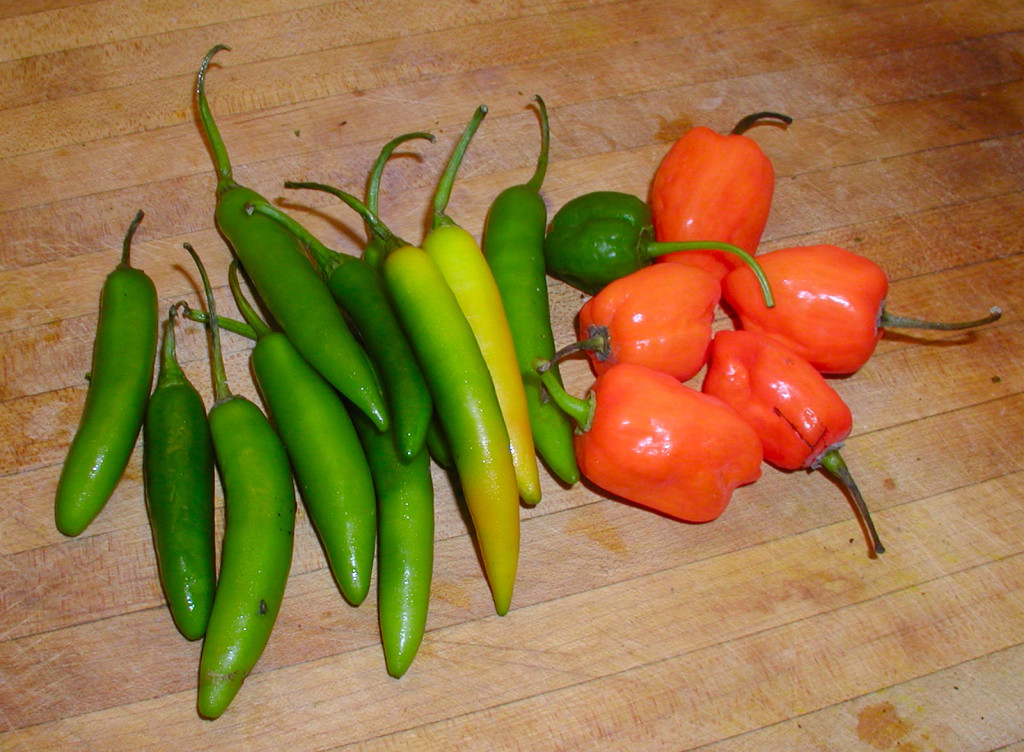
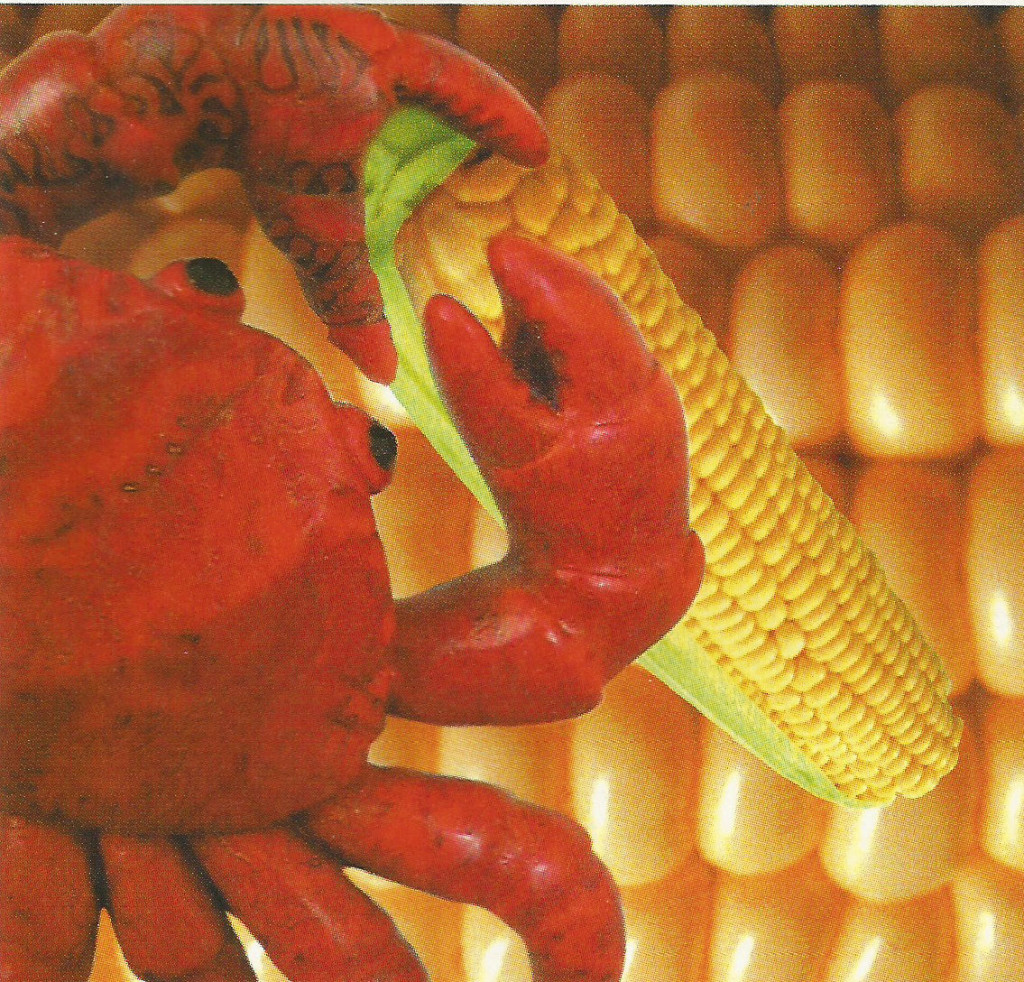
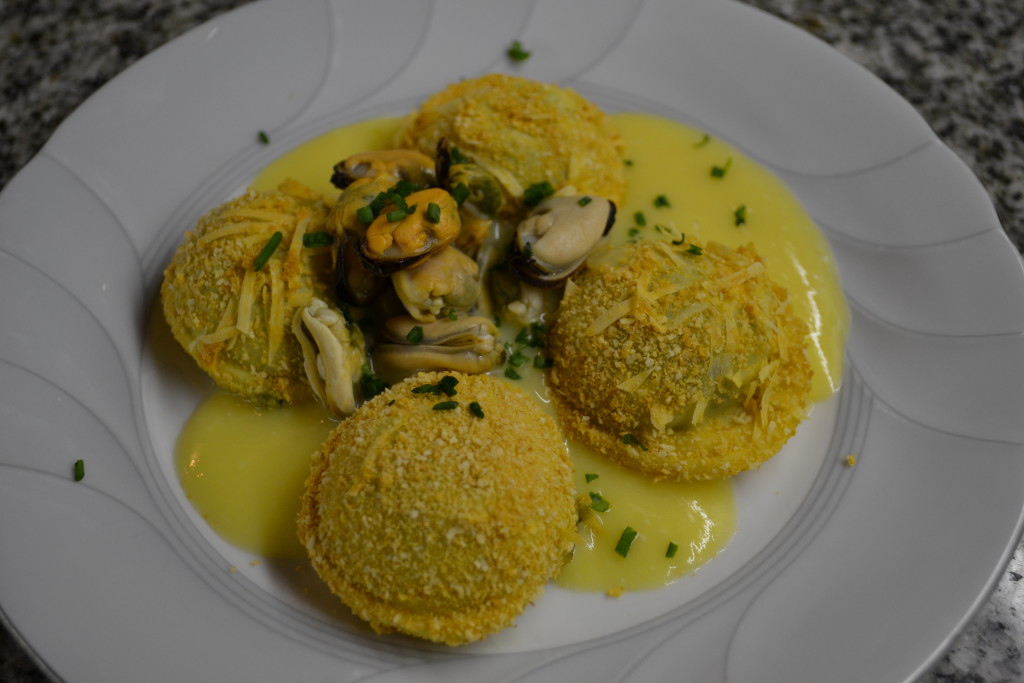


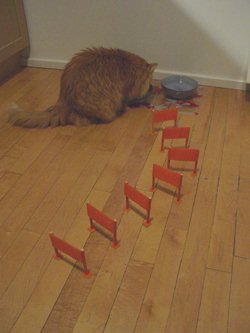
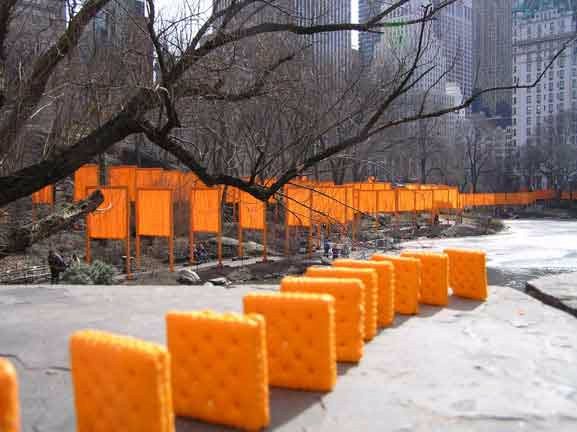
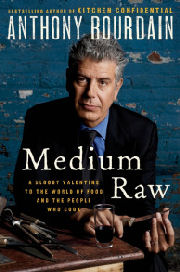 I disliked Kitchen Confidential. Let’s just get that out of the way with. Let the hate mail begin. Anthony Bourdain’s hate fueled rage against the restaurant industry machine that ground him up and spit him out (with his admitted acquiescence… no, active participation) was, for me, nothing more than misdirected venom spewing about his days of drugs and debauchery. I know many of the personalities that found themselves lambasted in the book and found his characterizations to be mean-spirited and caricatured, emphases on occasional quirks or happenstances that he blew up into full blown personae. I even worked with a couple of them and found their kitchens to be anything but like the bastardized versions that found their way to his pages. I found myself doubting that he knew many of them more than perfunctorily. But the book has become an epic work on the world of restaurant work, revered among the young who are just entering the profession. Perhaps it’s because he and I are basically the same age and had vastly different experiences and very different perceptions looking back that I found it too one-note, to specific to just him, despite being touted as a universal.
I disliked Kitchen Confidential. Let’s just get that out of the way with. Let the hate mail begin. Anthony Bourdain’s hate fueled rage against the restaurant industry machine that ground him up and spit him out (with his admitted acquiescence… no, active participation) was, for me, nothing more than misdirected venom spewing about his days of drugs and debauchery. I know many of the personalities that found themselves lambasted in the book and found his characterizations to be mean-spirited and caricatured, emphases on occasional quirks or happenstances that he blew up into full blown personae. I even worked with a couple of them and found their kitchens to be anything but like the bastardized versions that found their way to his pages. I found myself doubting that he knew many of them more than perfunctorily. But the book has become an epic work on the world of restaurant work, revered among the young who are just entering the profession. Perhaps it’s because he and I are basically the same age and had vastly different experiences and very different perceptions looking back that I found it too one-note, to specific to just him, despite being touted as a universal.